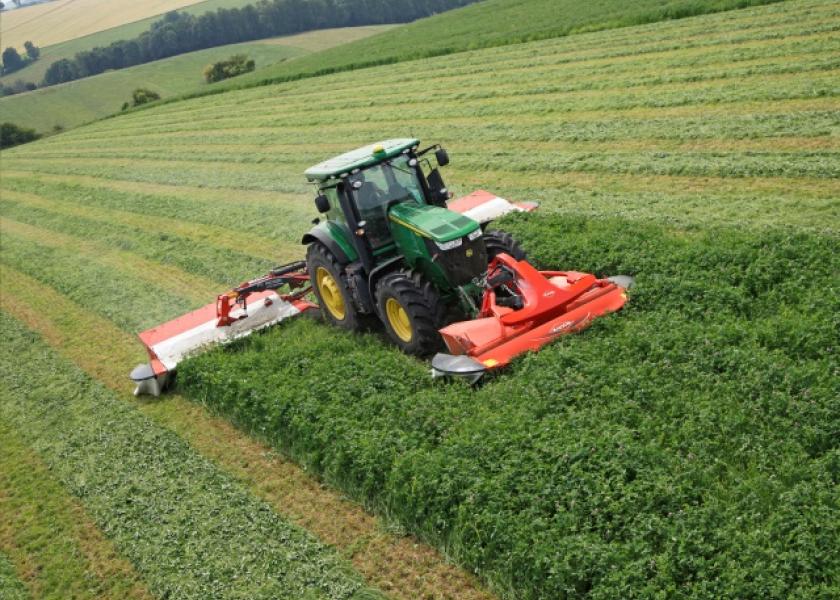Published
1 year agoon
By
Faith Laiche
It’s an old agronomic adage that “March is the month when alfalfa lives or dies.”
How did it fare this year? The results will soon be evident, with signs of hopeful outcomes, according to Bill Powel-Smith, a soil health and dairy forage consultant with LandCares and GPS Dairy Consultants based in Fon du Lac, Wis. He said each winter is unique in how kindly Mother Nature treats the alfalfa crop, particularly at the tail-end of winter.
“In March, we vacillate between warm thawing conditions and sudden cold, freezing periods,” noted Powel-Smith. He said factors that feed into the condition of this year’s alfalfa crop include:


TWO 90-POINT RIDES HIGHLIGHT SEMI FINAL 1 AT CHEYENNE FRONTIER DAYS RODEO


KOE WETZEL DROPS “HATCHET” VIDEO OFF CELEBRATED 9 LIVES


PHIL VASSAR AND JEFFREY STEELE’S”LIKE A MAN’S SUPPOSED TO”


JORDAN FLETCHER RELEASES LATEST TRACK “FALL IN THE SUMMER”


LEE BRICE BRINGS SUMMER NOSTALGIA WITH LATEST RELEASE “SUMMER OF US” OUT NOW


ALLIE COLLEEN STRIKES GOLD WITH “BOYS LIKE YOU,” CALLING OUT PRETENDERS IN COWBOY HATS


NICK HICKMAN’S LATEST RELEASE, “LESSONS LEARNED,” IS A TRIBUTE TO LIFE’S HARD-WON WISDOM


MCBRIDE & THE RIDE RELEASES NEW VERSION OF “NO MORE CRYIN” FROM THEIR FORTHCOMING LIVE EP OUT OCTOBER 18TH















SUBSCRIBE TO
TENN TEXAS NEWSLETTER
SEND A PRAYER
SEND A PRAYER
PRAYER REQUEST

